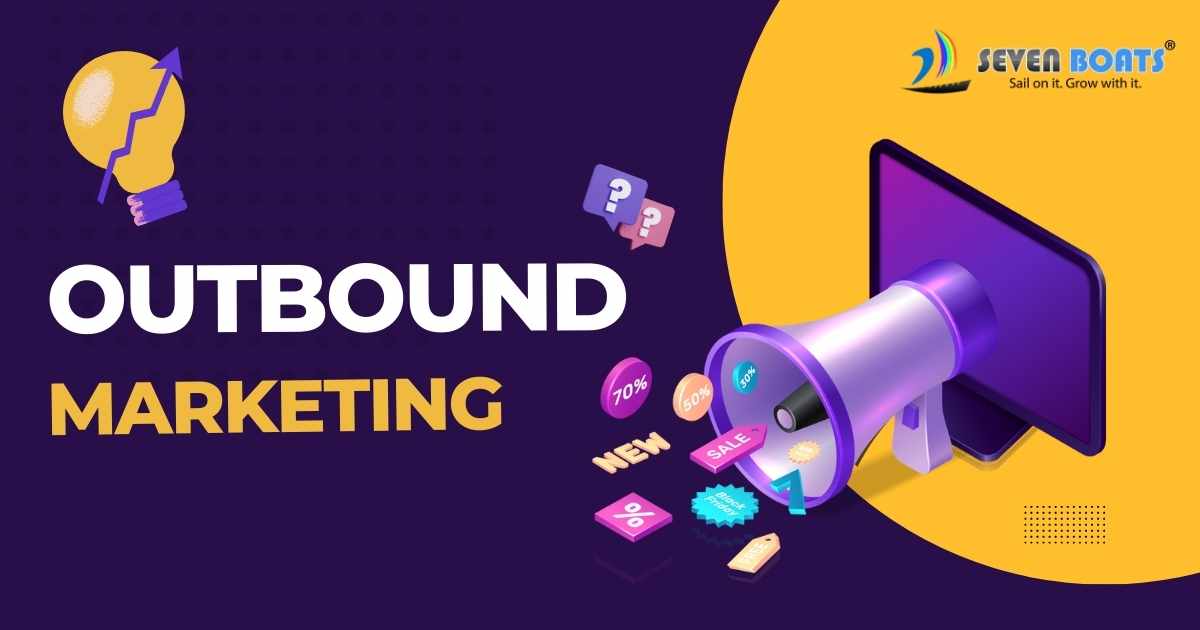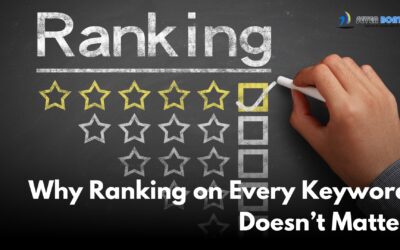Outbound marketing, often referred to as traditional marketing, involves the proactive sharing of your brand’s message with your target audience. In contrast, inbound marketing focuses on creating content to attract individuals already interested in your business or related topics. But what’s the primary goal of outbound marketing? It aims to drive awareness, generate leads, and convert prospects into paying customers. To achieve this, outbound marketers employ strategies designed to reach as much of their audience as possible. These traditional methods encompass various distribution channels, including TV or radio commercials, billboards, magazine or podcast ad placements, direct mail, cold outreach via email or unsolicited calling, and industry or trade events.
Outbound Marketing vs. Inbound Marketing
Outbound marketing centers on directly distributing messages to your audience and primarily involves advertising. Inbound marketing, on the other hand, relies on creating content that draws people to your brand based on their interest in your published content. Inbound marketing utilizes valuable content like blog posts, YouTube videos, or podcasts to educate your audience and raise awareness of your products or services. In essence, you can think of it as “push” versus “pull.”
Outbound marketing employs tactics that “push” your message to the audience. For instance, a pre-roll ad on YouTube is a classic example of this marketing where viewers didn’t request the ad; it’s an interruption in their content consumption. In contrast, inbound marketing is a “pull” strategy. For instance, you can utilize content marketing to attract inbound traffic to your website. Visitors consume content to learn more about your business and how it can address their needs, potentially leading to conversions.
Combining Inbound and Outbound Marketing
The choice between inbound and outbound marketing is not binary; both methods can complement each other effectively. For instance, you can use digital ads to promote your blog posts and then retarget blog visitors with ads promoting conversion-focused marketing assets, such as whitepapers, case studies, or webinars. This integration of both strategies creates a holistic lead generation approach aligned with broader business objectives.
Leveraging SEO in Inbound Marketing
Search Engine Optimization (SEO) is an essential strategy for improving the organic visibility of your website content in search engines like Google. Optimizing your content for search engines is a vital content marketing practice, as it widens your content’s reach in search engine results and attracts potential customers.
Benefits of Outbound Marketing:
- Larger Potential Audience: It can target a broader audience, beyond those actively seeking your business.
- Precision Targeting: Many tactics allow precise audience targeting based on demographics or past interactions.
- Speed of Results: Outbound marketing can generate quick results, ideal for specific sales goals.
- Cost Control: You have precise control over spending, making it easier to stick to a budget.
- Measurable ROI: ROI is relatively straightforward to calculate for this type marketing, particularly for channels like digital ads and direct mail.
Challenges of Outbound Marketing:
- Ad Resistance and Avoidance: People have a natural resistance to ads, and tools like ad blockers further reduce visibility.
- Competition: Competing with other brands can increase costs, particularly in highly competitive spaces.
- Expertise: Managing digital ad platforms can be complex, and staying current with platform changes is necessary.
When to Use Outbound Marketing
The key to effective marketing is timing and integration with your overall marketing strategy. It can be especially potent when combined with inbound marketing. Outbound marketing is well-suited for:
- Dedicated Resources and Budget: Ensure you have a dedicated budget for marketing.
- Complex Products and Buying Cycles: The strategies can assist in selling high-value, complex products.
- New Marketing Channels: Outbound marketing diversifies your strategy by exploring new channels.
- Market Expansion: It can help build awareness in new markets or locations.
Target Audiences for Outbound Marketing
Effectively targeting the right audience is crucial for successful outbound marketing. Start by segmenting your audience based on attributes like age, gender, location, job title, or interests. Gathering data and gaining insights can help you understand your audience better.
Outbound Marketing Channels
After segmenting your target audience, choose the most suitable channels to execute your marketing campaigns. Analyze data to identify the channels preferred by your target audience, which can include various websites and social media platforms. You can then create and run ad campaigns on these platforms to reach potential customers effectively.
Key Performance Indicators for Outbound Marketing
Tracking and analyzing key performance indicators (KPIs) is essential to determine the effectiveness of your outbound marketing campaigns. Focus on high-level metrics such as return on investment (ROI), customer acquisition cost (CAC), and customer lifetime value (CLV). Additionally, monitor performance KPIs like return on ad spend (ROAS), cost per mille (CPM), click-through rate (CTR), conversion rate, response rate, and cost per response to refine your strategy and allocate your budget effectively.
Read more about ROI and KPI here: What Is ROI And KPI In Digital Marketing?
Conclusion
In conclusion, outbound marketing remains a powerful and effective approach to reaching a broad audience, raising awareness, generating leads, and converting prospects into customers. While it’s often viewed as traditional in contrast to inbound marketing, the two can be complementary in a comprehensive marketing strategy.








Wow, what an engaging and informative post! I really enjoyed reading about the topic discussed in the post.
Super